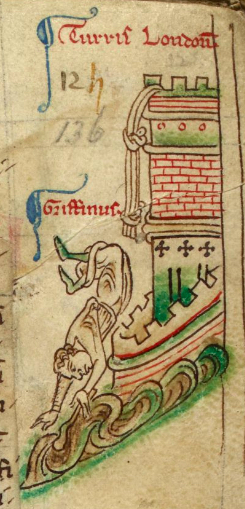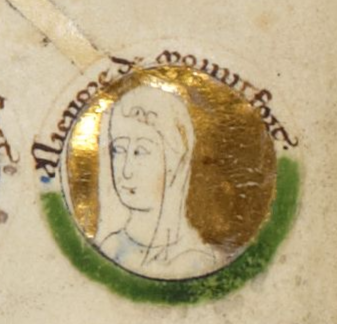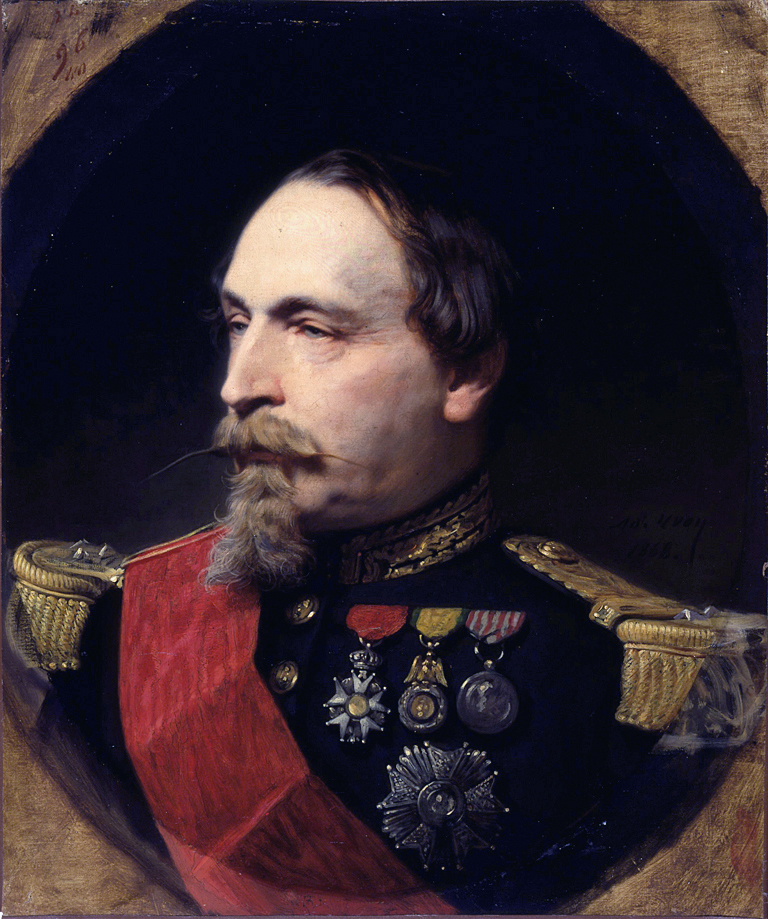© Unofficial Royalty 2024

Vittorio Emanuele I, King of Sardinia, Duke of Savoy; Credit – Wikipedia
January 10, 1662 – Death of Prince Honoré II of Monaco in Monaco, buried at Saint Nicholas Cathedral in Monaco
When Honoré II was two years old, his mother died due to childbirth complications. Five years later, his father Hercule, Lord of Monaco was stabbed to death while walking through the streets of Monaco at night. A month short of his seventh birthday, Honoré succeeded his father as Lord of Monaco. In 1612, Honoré II started using the title of Prince, becoming the first Prince of Monaco. Honoré II became a vassal of King Louis XIII of France in 1633. Many Princes of Monaco were vassals of the Kings of France while remaining sovereign princes of Monaco. The Princes of Monaco and their families spent most of their lives in France and intermarried with French and Italian noble families. In 1616, Honoré married Ippolita Trivulzio, the daughter of the Italian nobles. Honoré and Ippolita had one son who died before his father. During his reign, Honoré II did much to extend, rebuild, and transform what was originally the 1191 fortress of his Grimaldi ancestors into what is today’s Prince’s Palace of Monaco. After a reign of fifty-eight years, Honoré II, Prince of Monaco died in Monaco on January 10, 1662, at the age of 64.
Unofficial Royalty: Prince Honoré II of Monaco
January 10, 1741- Birth of Princess Elizabeth Caroline of Wales at Norfolk House, 31 St James’s Square in London, England
Elizabeth Caroline was one of the nine children of Frederick, Prince of Wales, son of King George II of Great Britain, and Princess Augusta of Saxe-Gotha-Altenburg. In 1751, Elizabeth Caroline was ten-years-old, her father died, leaving a pregnant widow with eight children. Elizabeth Caroline’s thirteen-year-old eldest brother George was now the heir to the throne and was created Prince of Wales by his grandfather King George II. George succeeded his grandfather as King George III. According to Horace Walpole, 4th Earl of Orford, an English writer, art historian, and Whig politician, Elizabeth Caroline was extremely delicate and backward. On September 4, 1759, Princess Elizabeth Caroline, aged 18, had died at Kew Palace in London.
Unofficial Royalty: Princess Elizabeth Caroline of Wales
January 10, 1821 – Birth of Caroline Mariane of Mecklenburg-Strelitz, Crown Princess of Denmark, the second wife of the future King Frederik VII of Denmark, in Neustrelitz, Grand Duchy of Mecklenburg-Strelitz, now in Mecklenburg-Vorpommern, Germany
Full name: Caroline Charlotte Marianne
Caroline Mariane was the daughter of Georg, Grand Duke of Mecklenburg-Strelitz and Marie of Hesse-Kassel. Her 1841 marriage to the future King Frederik VII of Denmark was very unhappy. In 1844, Caroline Mariane went to visit her parents and refused to return to Denmark. The couple divorced in 1846. She retained her Danish titles after her divorce and never remarried, and lived quietly in Neustrelitz where her parents built the Carolinenpalais for her.
Unofficial Royalty: Caroline Mariane of Mecklenburg-Strelitz, Crown Princess of Denmark
January 10, 1824 – Death of Vittorio Emanuele I, King of Sardinia, Duke of Savoy at the Castle of Moncalieri in Turin, Duchy of Savoy, now in Italy; buried at the Basilica of Superga in Turin
Vittorio Emanuele I reigned as King of Sardinia from the abdication of his elder brother Carlo Emanuele IV, King of Sardinia in 1802 until his own abdication in 1821 in favor of his younger brother Carlo Felice, King of Sardinia. After his abdication as King of Sardinia, Vittorio Emanuele but remained Duke of Savoy until his death. In 1789, Vittorio Emanuele married Maria Theresa of Austria-Este and they had six daughters and one son who died in childhood. As the senior surviving descendant of Henrietta of England, Duchess of Orléans, daughter of King Charles I of England and sister of James II, King of England/James VII, King of Scots, Vittorio Emanuele became the Jacobite pretender to the thrones of England and Scotland after the death of his brother Carlo Emanuele in 1819. Vittorio Emanuele died at his home in the Duchy of Savoy at the age of 64.
Unofficial Royalty: Vittorio Emanuele I, King of Sardinia
Unofficial Royalty: The Jacobite Succession – Pretenders to the British Throne
January 10, 1840 – Death of Princess Elizabeth of the United Kingdom, Landgravine of Hesse-Homburg, daughter of King George III of the United Kingdom and wife of Friedrich VI, Landgrave of Hesse-Homburg, at her home in the Free City of Frankfurt, now in Hesse, Germany; buried at the Mausoleum of the Landgraves in Homburg, Landgraviate of Hesse-Homburg, now in Hesse, Germany
Elizabeth was one of three of the six daughters of King George III who would eventually marry, all of them much later than was the norm for the time. In 1818, 48-year-old Elizabeth read a letter from 48-year-old Friedrich, then Hereditary Prince of Hesse-Homburg, to her mother asking to marry Elizabeth and she finally saw the way to exit “the Nunnery,” the term used to describe the sheltered existence of George III’s daughters. Friedrich had a military career and while he was in the military, he showed no inclination to marry. In 1814, he met Elizabeth at a ball held at the British court. Elizabeth and Friedrich were married in 1818. When Friedrich died in 1829, Elizabeth wrote, “No woman was ever more happy than I was for eleven years and they will often be lived over again in the memory of the heart.” When Elizabeth died in 1840 at the age of 69, deep court mourning was temporarily suspended for several days in the United Kingdom the following month for the wedding festivities of her niece Queen Victoria. Elizabeth’s great-niece, Victoria, Princess Royal, German Empress wanted to erect a monument in her honor but unfortunately did not live to see it done. However, Wilhelm II, German Emperor did fulfill his mother’s wish and, on August 11, 1908, unveiled the monument in the presence of his uncle King Edward VII of the United Kingdom.
Unofficial Royalty: Elizabeth of the United Kingdom, Landgravine of Hesse-Homburg
January 10, 2005 – Death of Grand Duchess Joséphine-Charlotte of Luxembourg, born Joséphine-Charlotte of Belgium, wife of Grand Duke Jean of Luxembourg, at Fischbach Castle in Fischbach, Luxembourg; buried at Notre-Dame Cathedral in Luxembourg City, Luxembourg
Joséphine-Charlotte was the eldest child and only daughter of Leopold III, King of the Belgians and Princess Astrid of Sweden. Her two younger brothers Baudouin and Albert II were both Kings of the Belgians. In 1953, Joséphine-Charlotte married Hereditary Grand Duke Jean of Luxembourg, the eldest child of Grand Duchess Charlotte of Luxembourg and Prince Felix of Bourbon-Parma. The couple had five children including Henri, the current Grand Duke of Luxembourg. In 1964, Grand Duchess Charlotte of Luxembourg abdicated, and Jean and Joséphine-Charlotte became the new Grand Duke and Grand Duchess of Luxembourg. In 2003, it was reported that Joséphine-Charlotte had been diagnosed with lung cancer and the planned ceremonies and celebrations for the couple’s 50th wedding anniversary were canceled. Two years later, 77-year-old Grand Duchess Joséphine-Charlotte died at Fischbach Castle, surrounded by her family.
Unofficial Royalty: Josephine-Charlotte of Belgium, Grand Duchess of Luxembourg
January 10, 2020 – Death of Sultan Qaboos of Oman at the Al Alam Palace in Muscat, Oman; buried at the Royal Cemetery in Muscat
Qaboos was the only son of Said bin Taimur, Sultan of Muscat and Oman, and his second wife, Princess Mazoon bint Ahmed Ali al-Maashani. In 1970, Qaboos staged a coup that overthrew his father as Sultan. His father was exiled to the United Kingdom, where he lived at the Dorchester Hotel in London until his death in 1972. Sultan Qaboos immediately began efforts to modernize and develop the country. In 1976, he married his first cousin, Nawwal bint Tariq Al-Said but the couple had no children, and the marriage ended in divorce in 1979. Qaboos had been under treatment for colon cancer since at least 2014 and had spent much time in Germany undergoing treatment. In December 2019, he traveled to Belgium for medical treatment. Qaboos bin Said Al Said, Sultan of Oman died at the age of 79.
Unofficial Royalty: Qaboos bin Said Al Said, Sultan of Oman
January 10, 2023 – Death of former King Constantine II of Greece at Hygeia Hospital in Athens, Greece; buried at the Royal Cemetery on the grounds of Tatoi Palace, the former summer palace of the Greek royal family, near Athens, Greece
Constantine was the King of Greece from 1964 until the monarchy was abolished in 1973. Both his parents, King Paul of Greece and Princess Frederica of Hanover, were descendants of Queen Victoria’s eldest daughter Victoria, Princess Royal who married Friedrich III, German Emperor. In 1960, Constantine became one of the royal Olympian medal winners. In the 1960 Rome Summer Olympics, Constantine won a Gold Medal in Sailing.
Unofficial Royalty: King Constantine II of Greece
This article is the intellectual property of Unofficial Royalty and is NOT TO BE COPIED, EDITED, OR POSTED IN ANY FORM ON ANOTHER WEBSITE under any circumstances. It is permissible to use a link that directs to Unofficial Royalty.












